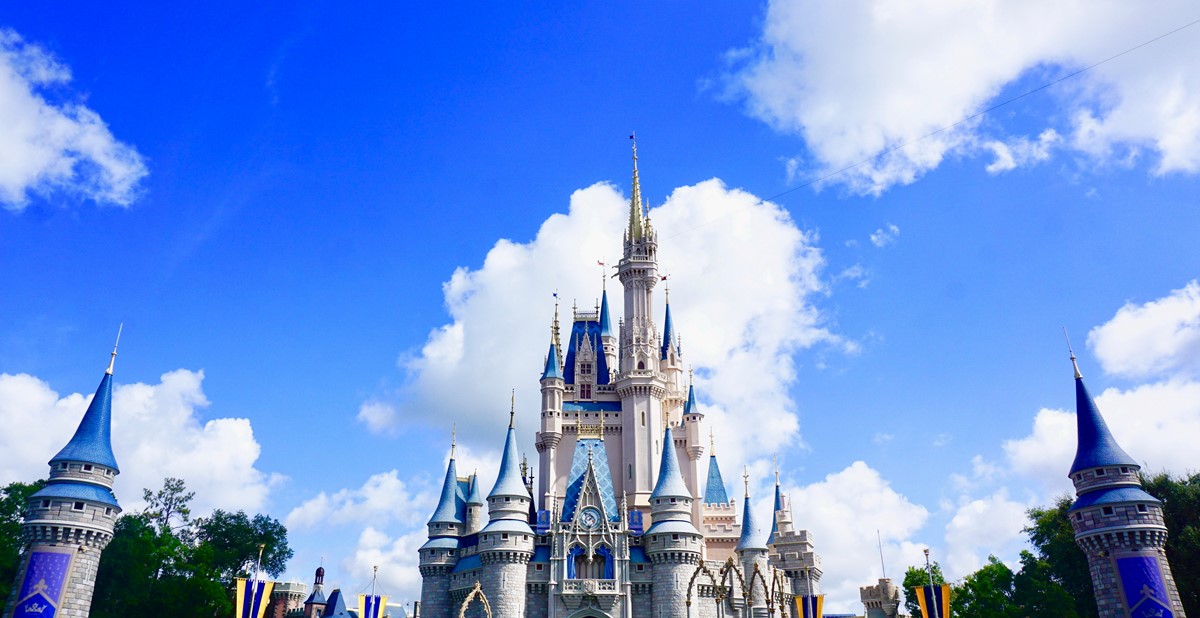Tech Talk: Disney Suffers Backlash For Photoshopping Face Masks Onto Park-Goers

Quick PS / Unsplash.com
To advocate for and show its enforcement of mask-wearing, Walt Disney World in Florida took an approach it received a lot of flak for—it did not allow riders to see, download or purchase photos of themselves on a ride if one or more riders were pictured without a face mask. Face masks were made mandatory across its Orlando theme parks for workers and attendees after reopening in July 2020, and many of Disney’s rides have cameras that capture riders’ photos in the beginning of or during the experience, such as Magic Kingdom’s Space Mountain and Disney’s Hollywood Studios’ The Twilight Zone Tower of Terror. During the COVID-19 pandemic, which required Disney’s implementation of mask-wearing for all workers and attendees visiting its Orlando parks, Disney initially began deleting images taken on rides where any of those pictured were not wearing masks. This meant that if six people were riding together, none of them were permitted to acquire the photo.
With many park-goers understandably irritated, and questioning why they couldn’t purchase photos of their park experience because someone they may not know wasn’t wearing a mask, Disney changed its tune by adding photoshopped face masks onto those who weren’t wearing them, or whose masks slid down during the ride. Done in part to enforce mask-wearing in the park at all times, the digitized masks received criticism for appearing cartoon-like and resembling clipart, and after receiving enough backlash from fans and visitors alike—who also cited longer-than-usual wait times for their edited photos—Disney announced in late December 2020 that it would cease adding faux face masks onto in-ride images, and that the initiative was part of a trial run. The reversal was decided after a Disney fan posted a photo to a private Disney Facebook group, which spiked attention.
With all the challenges associated with COVID-19, the notion of photoshopped face masks has been called rather trivial by some, but is one example of how companies have used their technological resources to mitigate the challenges, or at least pivot operations to adjust to the “new normal.” With Disney’s strict enforcement of mask-wearing at all times, with the exception of swimming and eating—the park also limited capacity and checked guests’ temperatures throughout—the park wanted to demonstrate that its visitors are not only safe, but that it was strictly enforcing its policy. Unfortunately, Disney’s photoshopped face masks appeared to convey a particular image of Disney parks, rather than serving any other purpose, and the actual digitization was described as mediocre at best. And, of course, it also led many fans to question via social media why the park was open at all, noting that Disneyland in Anaheim, California, has been closed since the start of the pandemic and remained closed as of year-end.
–––––––––––––––––––––––––––––––––––––––––––––––––––––––––––
Danielle Renda is associate editor of PPB.

